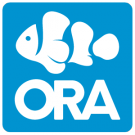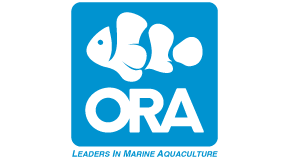Frequently Asked Questions
Misbars are simply normal, healthy fish with incomplete stripes. The headbar, midbar or tailbar may be affected. Although some people consider misbarring to be an imperfection, many people love the unique markings of misbarred fish. Lots of our customers specifically request them. The exact cause of misbarred fish is unknown, however it is believed that there is a certain percentage of naturally occurring incomplete striping. Since a high percentage in each spawn survives to maturity in aquaculture, a higher percentage of misbars is seen.
1.019-1.023 specific gravity is the recommended range for aquacultured fish.
1.024 specific gravity is the recommended target for aquacultured corals and invertebrates.
8.0 – 8.2.
Our corals are adaptable to a wide variety of lighting conditions. It is hard to to have too much lighting, at a minimum we recommend Power Compact, VHO, T5, Metal Halide or LED lighting.
ORA fish have a positive association with people. If you walk down one of the aisles in the hatchery the fish actually bob their heads out of the water, expecting to be fed. We can assure hobbyists that ORA fish adjust to life in captivity better than wild fish, and will hide less and interact more. The fish are raised on prepared foods, much like home aquarists provide. There is no need for them to adapt from a life in the wild to captivity.


